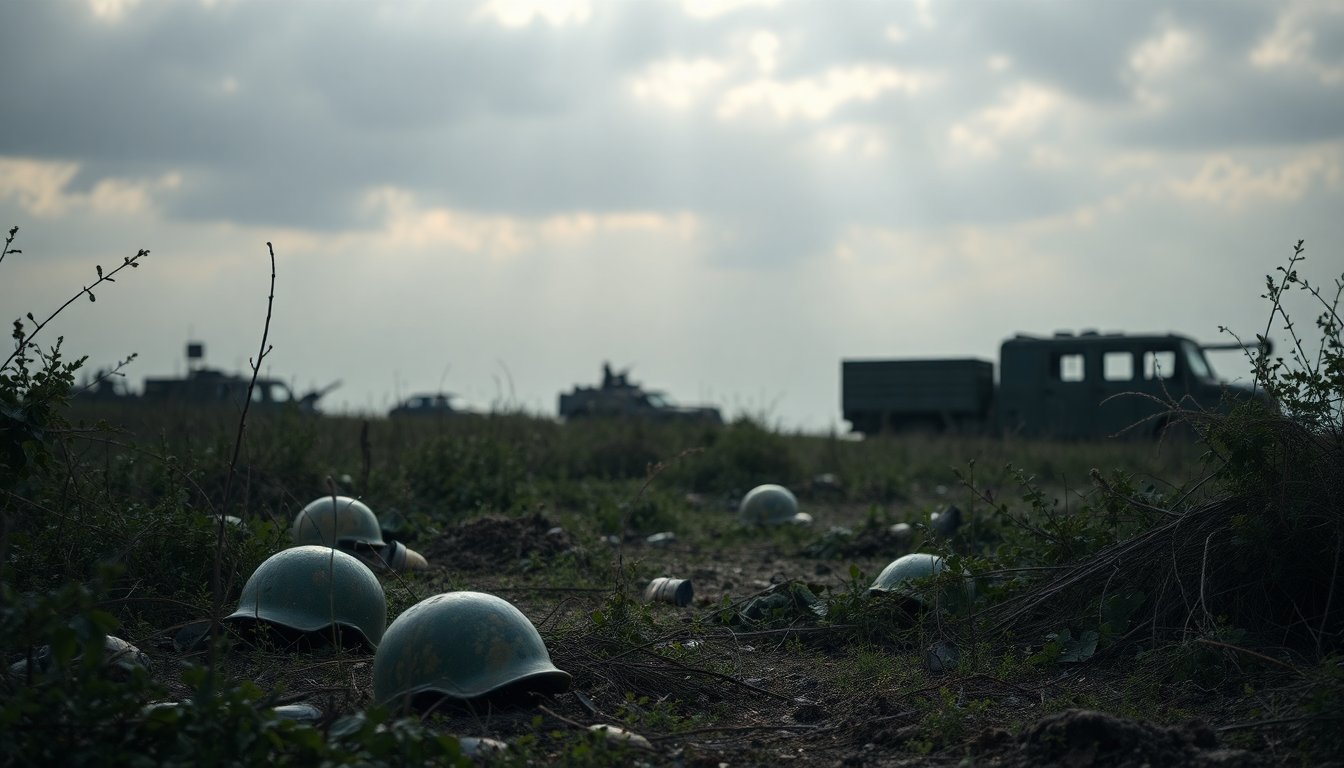Table of Contents
This week, a significant discussion arose regarding the credibility of Russian military casualty figures allegedly leaked by Ukraine’s military intelligence. The data, suggesting that approximately 87,000 Russian soldiers lost their lives during the first eight months of 2025, was released by the initiative known as I Want to Live, managed by the Ukrainian Defense Ministry. Insights into the skepticism surrounding these figures were provided by Mediazona, an independent news outlet, and the OSINT project known as the Conflict Intelligence Team (CIT).
In their investigation, CIT employed forensic techniques similar to those used in analyzing potential election fraud. Their objective was to determine if there were any statistical manipulations within the purported military loss records. As stated by CIT, “Our methods draw upon psychological research, indicating that individuals generating random numbers tend to unconsciously favor certain digits, revealing irregularities in the dataset.”
The evidence
The analysis revealed several inconsistencies within the data. Notably, CIT found that the final digits of the reported numbers deviated significantly from what would be expected in a truly random assortment. The data exhibited an unusually high frequency of digits one and two, while occurrences of sixes and sevens were significantly lower. This discrepancy was quantitatively validated using Pearson’s chi-squared test, a statistical method that assesses how closely actual results align with expected distributions. CIT’s findings suggested that the likelihood of the data being randomly generated was only 1.3 percent.
Primary versus aggregated data
Further analysis segmented the data into two categories: primary data (raw, unit-level figures) and aggregated data (sums and totals). The irregularities became more pronounced in this segmentation. The probability of encountering such a pattern purely by chance decreased to just 0.4 percent within the primary data. CIT speculated that the author of the document may have recorded figures for each military unit individually before compiling them into total counts. This method likely resulted in a more uniform representation of the final digits, with zeros and fives being notable exceptions.
Concerns raised by Mediazona
Dmitry Treshchanin, the editor at Mediazona, echoed CIT’s concerns about the authenticity of the figures presented by Ukrainian intelligence. He suggested that the Russian military might have manipulated these records. “It’s difficult to envision a Russian officer who doesn’t engage in record tampering,” Treshchanin remarked. He also pointed out significant gaps in the leaked documents, such as the absence of data regarding desertions, which further undermines the credibility of the leaks.
Issues within the documentation
A closer examination reveals additional discrepancies from a military administrative standpoint. The documents lack a clear recipient, identifiable purpose, and show no indication of their origin, submission date, or filing location. These factors contribute to the growing skepticism regarding the legitimacy of the data.
While Treshchanin emphasized the challenges of confirming or refuting the claim that nearly 87,000 Russian soldiers were killed in Ukraine during the specified timeframe, he stated that Mediazona would only be able to accurately assess these numbers in 2026. “Confidence in our estimates will not emerge until next fall, as we rely on published obituaries and public probate records for our death toll calculations,” he noted. This cautious approach highlights the complexities involved in verifying military casualty figures amid the fog of war.


